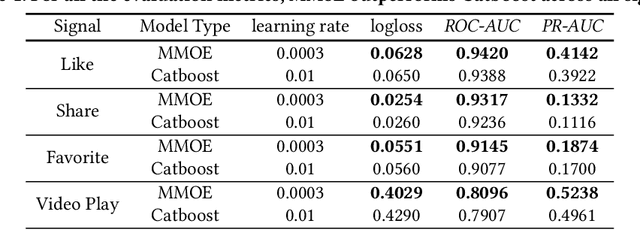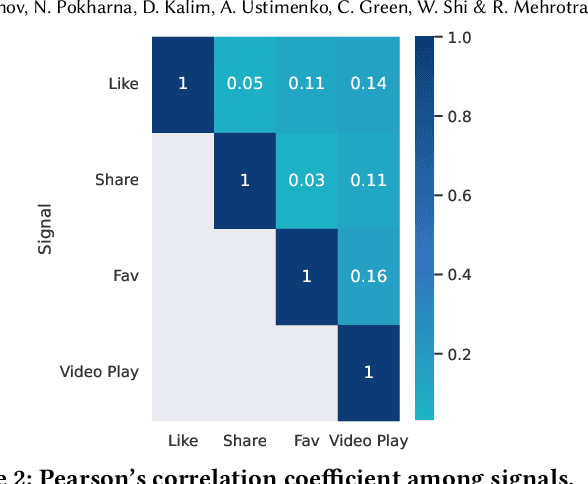Hitesh Sagtani
Improving FIM Code Completions via Context & Curriculum Based Learning
Dec 21, 2024



Abstract:Fill-in-the-Middle (FIM) models play a vital role in code completion tasks, leveraging both prefix and suffix context to provide more accurate and contextually relevant suggestions. This paper presents approaches to improve FIM code completion while addressing the challenge of maintaining low latency for real-time coding assistance. We enhance FIM code completion by incorporating context and curriculum examples in the training process. We identify patterns where completion suggestions fail more frequently, revealing complexities that smaller language models struggle with. To address these challenges, we develop a curriculum dataset by extracting hard-to-complete patterns from code repositories and generate context examples using semantic and static analysis tools (e.g. TSC compiler). We fine-tune various sized models, including StarCoder and DeepSeek, on this enhanced dataset. Our evaluation encompasses three key dimensions: the Santa Coder FIM task, the Amazon CCEval benchmark, and a new Multi-Line Infilling evaluation benchmark derived from SWE-bench. Comprehensive ablation studies across multiple model sizes reveal that while all fine-tuned models show improvements, the performance gains are more pronounced for smaller parameter models and incorporating difficult-to-complete examples, as part of curriculum learning, improves the code completion performance. This finding is particularly significant given the latency constraints of code completion tasks. While larger models like GPT and Claude perform well in multi-line completions but are prohibitively challenging to use given high latency, and our fine-tuned models achieve a balance between performance and latency. Finally, we validate our approach through online A/B testing, demonstrating tangible improvements in Completion Acceptance Rate (CAR) and Completion Persistence Rate (CPR), with zero latency impact.
AI-assisted Coding with Cody: Lessons from Context Retrieval and Evaluation for Code Recommendations
Aug 09, 2024Abstract:In this work, we discuss a recently popular type of recommender system: an LLM-based coding assistant. Connecting the task of providing code recommendations in multiple formats to traditional RecSys challenges, we outline several similarities and differences due to domain specifics. We emphasize the importance of providing relevant context to an LLM for this use case and discuss lessons learned from context enhancements & offline and online evaluation of such AI-assisted coding systems.
Learning-to-Rank with Nested Feedback
Jan 08, 2024Abstract:Many platforms on the web present ranked lists of content to users, typically optimized for engagement-, satisfaction- or retention- driven metrics. Advances in the Learning-to-Rank (LTR) research literature have enabled rapid growth in this application area. Several popular interfaces now include nested lists, where users can enter a 2nd-level feed via any given 1st-level item. Naturally, this has implications for evaluation metrics, objective functions, and the ranking policies we wish to learn. We propose a theoretically grounded method to incorporate 2nd-level feedback into any 1st-level ranking model. Online experiments on a large-scale recommendation system confirm our theoretical findings.
On Gradient Boosted Decision Trees and Neural Rankers: A Case-Study on Short-Video Recommendations at ShareChat
Dec 04, 2023



Abstract:Practitioners who wish to build real-world applications that rely on ranking models, need to decide which modelling paradigm to follow. This is not an easy choice to make, as the research literature on this topic has been shifting in recent years. In particular, whilst Gradient Boosted Decision Trees (GBDTs) have reigned supreme for more than a decade, the flexibility of neural networks has allowed them to catch up, and recent works report accuracy metrics that are on par. Nevertheless, practical systems require considerations beyond mere accuracy metrics to decide on a modelling approach. This work describes our experiences in balancing some of the trade-offs that arise, presenting a case study on a short-video recommendation application. We highlight (1) neural networks' ability to handle large training data size, user- and item-embeddings allows for more accurate models than GBDTs in this setting, and (2) because GBDTs are less reliant on specialised hardware, they can provide an equally accurate model at a lower cost. We believe these findings are of relevance to researchers in both academia and industry, and hope they can inspire practitioners who need to make similar modelling choices in the future.
Ad-load Balancing via Off-policy Learning in a Content Marketplace
Sep 19, 2023



Abstract:Ad-load balancing is a critical challenge in online advertising systems, particularly in the context of social media platforms, where the goal is to maximize user engagement and revenue while maintaining a satisfactory user experience. This requires the optimization of conflicting objectives, such as user satisfaction and ads revenue. Traditional approaches to ad-load balancing rely on static allocation policies, which fail to adapt to changing user preferences and contextual factors. In this paper, we present an approach that leverages off-policy learning and evaluation from logged bandit feedback. We start by presenting a motivating analysis of the ad-load balancing problem, highlighting the conflicting objectives between user satisfaction and ads revenue. We emphasize the nuances that arise due to user heterogeneity and the dependence on the user's position within a session. Based on this analysis, we define the problem as determining the optimal ad-load for a particular feed fetch. To tackle this problem, we propose an off-policy learning framework that leverages unbiased estimators such as Inverse Propensity Scoring (IPS) and Doubly Robust (DR) to learn and estimate the policy values using offline collected stochastic data. We present insights from online A/B experiments deployed at scale across over 80 million users generating over 200 million sessions, where we find statistically significant improvements in both user satisfaction metrics and ads revenue for the platform.
 Add to Chrome
Add to Chrome Add to Firefox
Add to Firefox Add to Edge
Add to Edge